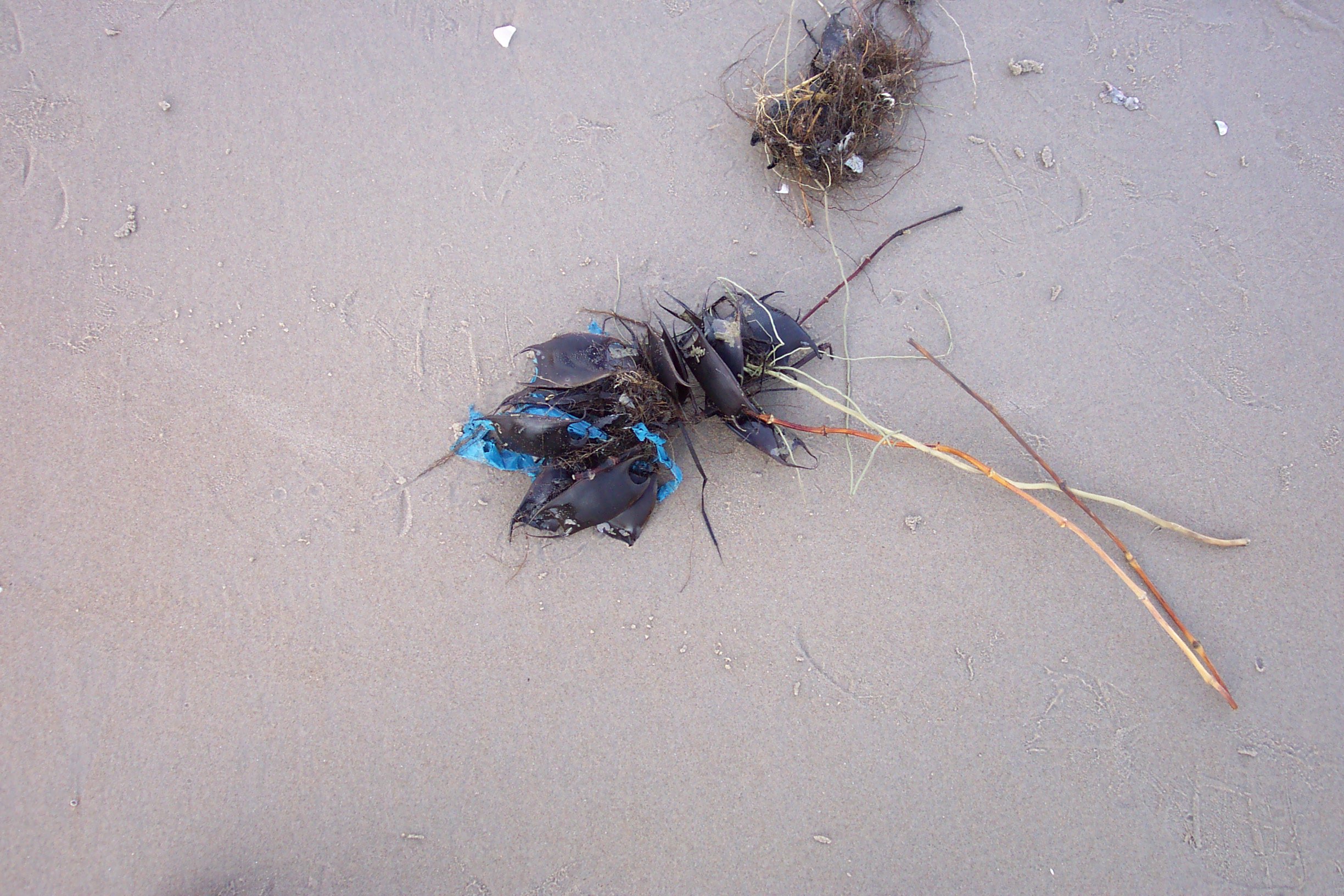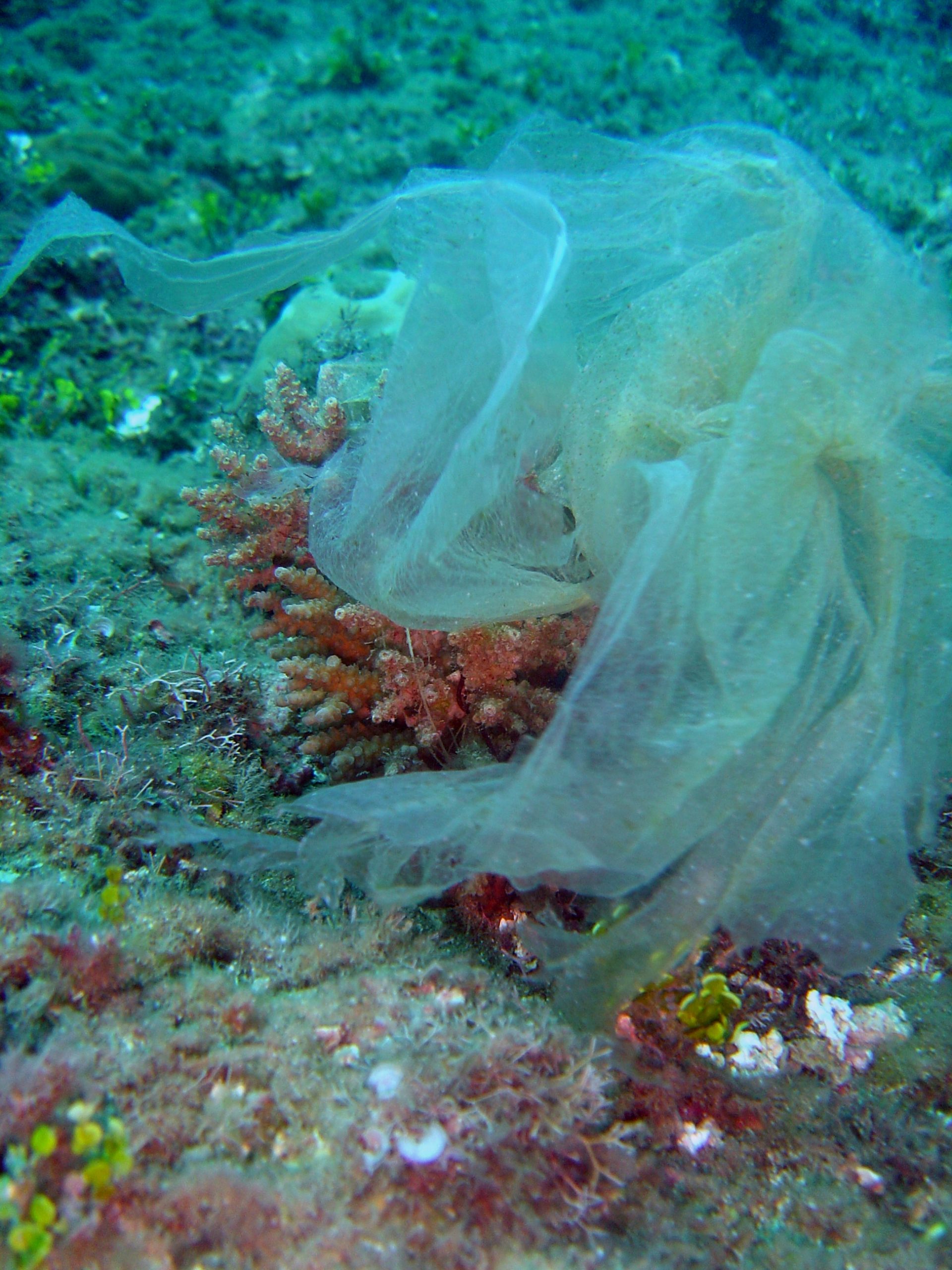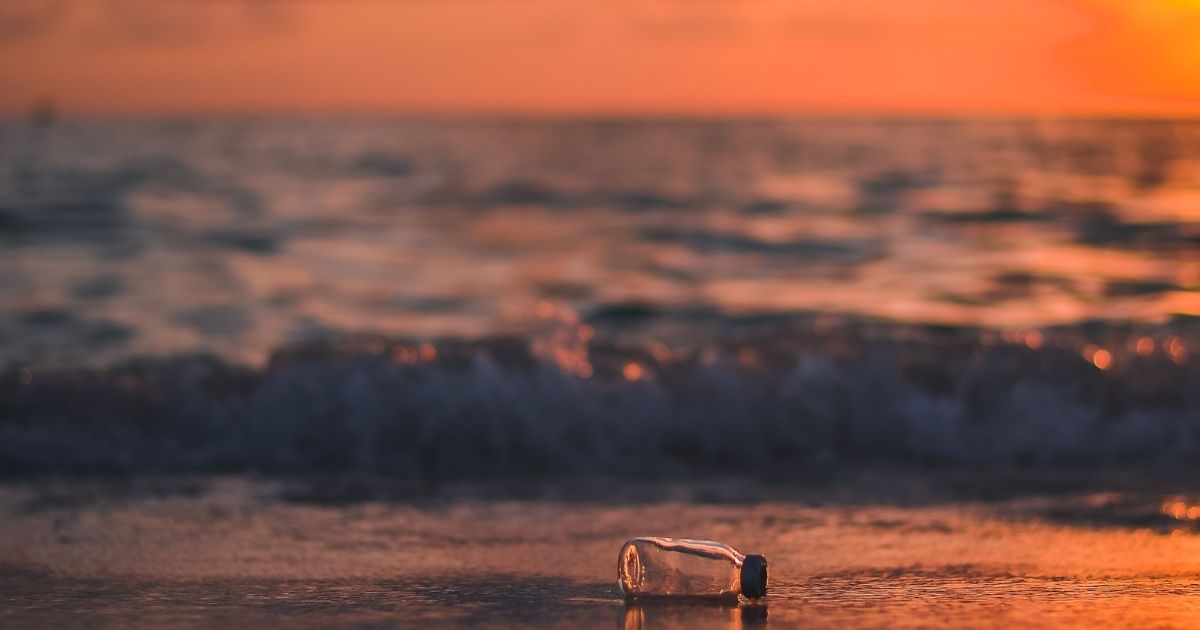Borders. Jurisdictions. Districts. Zones. Walls. So much of our human experience is divided by these types of boundaries. Yet, these boundaries are virtually meaningless when we consider some of the most pressing issues of the last year, including a global pandemic and impacts of climate change like fire, sea level rise, and drought.
Ocean plastic pollution is a similar global issue that shows no respect for arbitrary human borders, with 11 million metric tons of plastic leaked into the world’s oceans annually 1, and five oceanic gyres circulating soups of plastic. There is no place on earth that is free of plastic debris, and some of the most remote beaches on earth are now so extensively buried in plastic that the sand is no longer visible 2. Plastic debris knows no bounds; it is everywhere we look, even in 760,000 pounds of recalled HotPocketsTM this week.
Participants in the Scripps-Rady Ocean Plastic Pollution Challenge attended their first course last week, moderated by Dr. Kristen Goodrich, the Coastal Training Program Coordinator of the Tijuana National Estuarine Research Reserve. Kristen provides training and technical assistance to coastal decision-makers throughout the border region in policy areas that require collaborative science, including wetland restoration and coastal management. Working along the U.S.-Mexico border for the last decade has provided her with a unique perspective, and she challenged the participants to think about boundaries in the context of marine plastic pollution. “What is in and what is out of the boundary you are considering? In those boundaries, who benefits? And who is disadvantaged?” she asked.
 Shark eggs intertwined with fragments of plastic at Cape Henry, Washington. Photo Credit: Elinor DeWire, courtesy NOAA Photo Library.
Shark eggs intertwined with fragments of plastic at Cape Henry, Washington. Photo Credit: Elinor DeWire, courtesy NOAA Photo Library.
During the course, Challenge participants heard the sobering results of the findings of the recent 2020 Pew Charitable Trust report, “Breaking the Plastic Wave,” from Dr. Winnie Lau, report lead-author and Senior Manager with Pew Charitable Trust’s Preventing Ocean Plastics Project. Dr. Lau’s results were also published in the prestigious journal Science 3, where she and her team calculated that if nothing changes, the amount of plastic going into the world’s oceans will quadruple by 2040. According to PEW, this is equivalent to 50 kg (110 lbs) of plastic on every meter of coastline worldwide.
Public attention has recently been drawn to the issue of plastic recycling as countries like China have refused to take U.S. plastic waste as they have for decades. Dr. Lau was quick to dive into the report data illuminating the economic and social disparities that must be taken into account when confronting the issue of marine plastic pollution. “Plastic production is highest in high income countries and plastic pollution is highest in low-income countries,” said Dr. Lau.
Again, the issue of boundaries and borders arises. Plastic is crossing borders intentionally and unintentionally. When we consider the “boundaries” of plastic pollution in the ocean coming from the U.S., do we count the plastic debris that we ship to lower income countries, some of which will then be lost to the ocean environment? Dr. Lau also reminded participants that currently 2 billion people worldwide do not have waste-collection services, and that number is predicted to double by 2040.
 Plastic debris on reef, Mariana Islands, Guam. Photo credit: David Burdick, courtesy NOAA Photo Library.
Plastic debris on reef, Mariana Islands, Guam. Photo credit: David Burdick, courtesy NOAA Photo Library.
The course was not just about the problem of ocean plastic pollution, but also an overarching review of what solutions have been tried. Panelist Dr. Sherry Lippiat, who has served as the California Regional Coordinator for the National Oceanic and Atmospheric Administration (NOAA) Marine Debris Program since 2012, gave participants an overview of California Plastic Pollution Legislation and initiatives, NOAA funded research on plastic pollution in California, and most importantly, the reasons why upstream solutions have been the most effective to date for a large state like California.
Participant Cleo Stratmann, a Ph.D. student in Water, Environment and Urban Systems in France, asked, “Who should be the driver of the solution? The government? Policies? Or the people?” Dr. Lippiat answered, “All of the above.” Dr. Lau echoed her answer, “we want a silver bullet. We want a magic single solution. But there isn’t one.” Dr. Lau’s research and PEW report negates the idea that the issue of ocean plastic pollution can be solved by recycling, or burning, or green chemistry, or banning, or by any one single sector. PEW reports that plastic pollution can be reduced by 80% by 2040, but this scenario requires a systems approach, across many sectors, across many boundaries.
Moderator Dr. Goodrich raised the idea of “boundary spanners,” those that can see beyond the traditional borders we have made. Perhaps no one embodies the concept of a “boundary-spanner” more than panelist Mtra. Ana Eguiarte, the Binational Liaison at the Tijuana River National Estuarine Research Reserve, who facilitates watershed improvement projects on both sides of the U.S/Mexican border. Mtra. Eguiarte explained how 75% of the Tijuana River watershed is in Mexico, but the main outlet to the Pacific Ocean is actually on the U.S. side of the border. To tackle the issue of plastic pollution reaching the Pacific Ocean, coordinated work has to happen on both sides of the border. “Even if we are divided by borders or by walls, we breathe the same air, and we have the same water in the ocean and rivers...so we have to work together,” said Mtra. Eguiarte.
Part of the challenge of the Scripps Rady Ocean Plastic Pollution Challenge is that participants come from a great diversity of experience and will have to bridge across these different fields of expertise. They will have to be boundary-spanners. “Traditional and narrowly focused approaches will not reduce plastic pollution fast or significantly enough. It's clear that this cohort has a wide range of experiences to draw from and that will fuel their determination to combat plastic pollution,” said Dr. Goodrich of the 29 challenge participants.
Professor Stuart Sandin, Co- Director of the Challenge and Director of the Center for Marine Biodiversity and Conservation at Scripps Institution of Oceanography agreed with Dr. Goodrich that the diversity of participants drawn to this Challenge “reinforces that creative and cross-societal solutions are most certainly viable.”
The issue of marine plastic pollution is not new. But we need new, creative, and systemic solutions, and that is what this Challenge’s unique structure hopes to generate.
Get ready, everyone. Some boundaries are about to be crossed.
By Charlotte Stevenson
References
1 “Breaking the Plastic Wave: A Comprehensive Assessment of Pathways Towards Stopping Ocean Plastic Pollution. 2020.
2 Abbing, Michiel Roscam. 2019. “Plastic Soup. An Atlas of Ocean Pollution.”
3 Lau, Winnie W. Y. et al. Evaluating scenarios toward zero plastic pollution. Science 369, 1455-1461 (2020).





